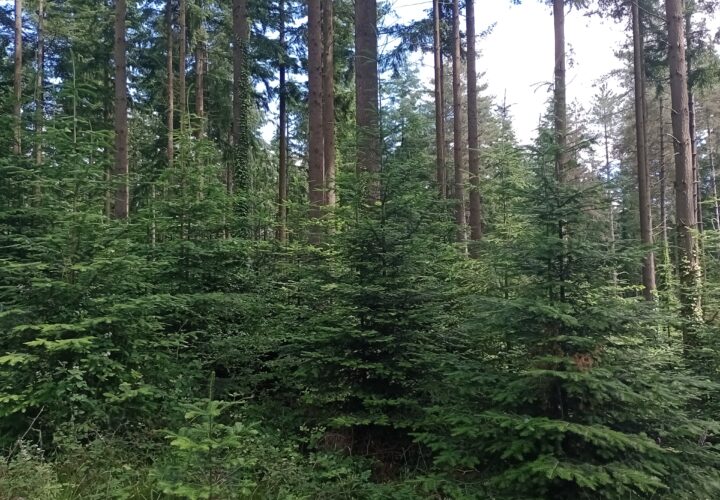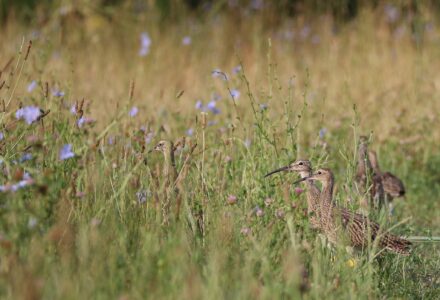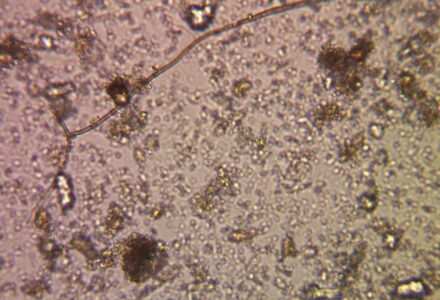Natural Regeneration: Our Approach to a Thriving Forest
For almost two decades, the Forestry team at Cranborne has championed natural regeneration as the cornerstone of our woodland management strategy with the aim of creating a resilient, diverse, and naturally thriving forest.
Why Natural Regeneration?
Allowing trees to regrow from seeds or existing root systems has been our primary method for rejuvenating the woodland, some of the reasons for this approach are as follows:
- Diverse Species Selection: Natural regeneration typically results in a wider variety of tree species, enhancing the biodiversity of the forest.
- Dense Growth: Naturally regenerated areas tend to be more dense, promoting healthy competition and natural selection among the young trees.
- Environmental Benefits: The method promotes nature conservation and carbon capture, helping to minimise disturbance to the soil and existing ecosystems.
- Site-Adapted Trees: Trees that regenerate naturally are inherently better adapted to the specific conditions of their site, helping to promote more robust and resilient growth.
- Increased Resilience: Naturally occurring trees often exhibit greater resilience to abiotic factors such as drought, as they’ve grown in harmony with their environment from the beginning.
- Cost-Benefits: The system also brings commercial advantages. As an example, restocking a sizeable woodland through a clear-felling system would typically cost tens of thousands of pounds annually, whilst natural regeneration eliminates a substantial proportion of this expenditure.
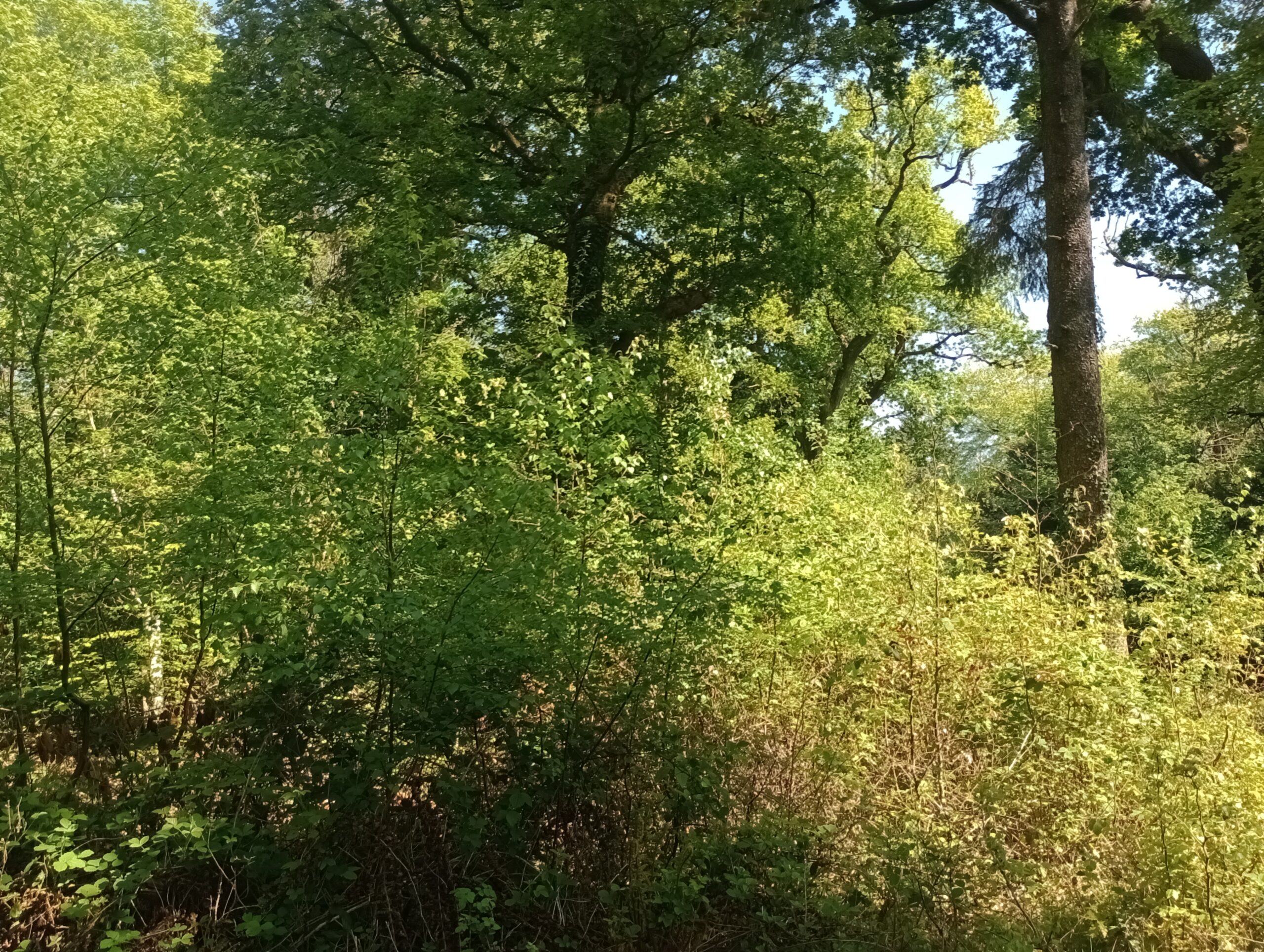
Addressing the Challenges:
Whilst the benefits are significant, natural regeneration isn’t without its challenges:
- Less Control Over Species Choice: We can’t always influence exactly which species will regenerate.
- Unpredictable Location: Regeneration may not occur precisely where we want it to.
- Uncertainty of Success: There’s always a possibility that regeneration might not happen at all in certain areas.
However, most of these challenges can be mitigated. If natural regeneration doesn’t meet our expectations in specific areas, we can strategically introduce some planting to supplement and guide the process.
Tending Our Growing Forest
Having successfully achieved natural regeneration across much of our woodland at Cranborne, our focus now shifts to the next stage: tending operations. This involves careful intervention to nurture the young forest, ensuring the growth of species that will contribute to future income and those with high conservation value.
Our tending operations include:
- Weeding: Removing competing vegetation to give young trees the best chance to thrive.
- Respacing: Adjusting the density of trees to promote healthy growth and reduce competition.
- Pruning: Shaping trees for optimal growth and timber quality.
To ensure this vital work is carried out effectively, we’ve developed a comprehensive tending manual and provided on-the-ground training to our team who will be working year-round, carrying out these essential tasks to guide our forest through to its next phase of transformation.
Our commitment to natural regeneration, combined with proactive tending, reflects Cranborne Forestry’s dedication to sustainable woodland management for generations to come.
